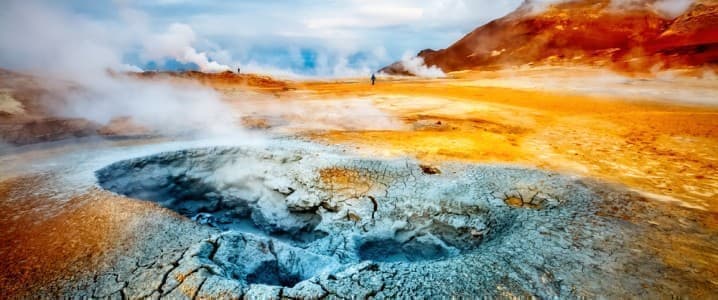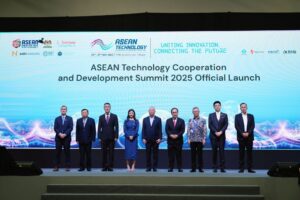
The global demand for critical minerals is surging, driven by the transition to renewable energy and the increasing use of electric vehicles. In 2024, demand for lithium, a key component in battery production, rose by an astonishing 30 percent. Other critical minerals such as nickel, cobalt, and graphite saw increases between 6 to 8 percent, according to the International Energy Agency (IEA). This growth reflects a pressing need for these resources to support technologies essential for achieving net-zero emissions.
The IEA forecasts that demand for critical minerals must triple by 2030 and quadruple by 2040 to meet climate goals. This projected growth underscores the importance of metals such as lithium, nickel, and cobalt, which are vital for battery technologies and other energy applications. As nations push for a green transition, governments have generally supported the expansion of mining activities. However, significant opposition arises from environmentalists and community groups concerned about the potential for environmental degradation.
The landscape of critical mineral mining is complex. While Australia currently produces nearly 50 percent of the world’s lithium, China is responsible for approximately 95 percent of gallium production. Indonesia accounts for 40 percent of global nickel output, and most cobalt is sourced from the Democratic Republic of Congo (DRC). This concentration of resources raises concerns about the sustainability and fairness of mining practices.
Balancing Demand with Environmental Accountability
Elisa Morgera, the UN’s special rapporteur on climate change and human rights, emphasizes the need for a critical examination of the assumptions underlying the demand for critical minerals. During a recent online forum, she questioned how the consumption patterns of the wealthiest individuals are factored into discussions about climate action. Morgera advocates for careful consideration of the environmental and human rights impacts of mining activities, particularly on Indigenous peoples whose territories are often affected.
The growth of mining operations has led to an increase in legal challenges. The Business and Human Rights Resource Centre (BHRRC) reports that since 2008, there have been 95 legal challenges related to mining projects, with about 75 percent filed in the last seven years. Nearly half of these lawsuits involve Indigenous communities asserting their rights against mining activities that threaten their lands.
Elodie Aba, a senior legal researcher at BHRRC, notes that these lawsuits often arise as a last resort for those excluded from decision-making processes. “These lawsuits are not a rejection of climate action; they are a demand for a just transition,” she stated, highlighting the need for inclusive policies that balance environmental concerns with the urgent demand for critical minerals.
Future Regulations and Sustainability
Countries are beginning to recognize the importance of establishing robust regulations surrounding mineral mining. The IEA has identified nearly 200 national policies and strategies aimed at managing critical mineral resources. Stronger international norms and regulations are essential to ensure that mining practices do not cause irreversible environmental damage or violate human rights.
As the world shifts from fossil fuels to renewable energy sources, it is crucial to address the potential repercussions of mining activities. Transitioning to alternative energy should not come at the expense of the environment or the rights of vulnerable communities. Sustainable practices must be prioritized to protect both the planet and the rights of those affected by mining operations.
This multifaceted issue reflects the urgent need for dialogue among governments, mining companies, environmentalists, and Indigenous communities to develop a balanced approach that meets energy demands while safeguarding the environment and human rights. The ongoing discussions and legal challenges surrounding critical mineral mining highlight the complexities of achieving a sustainable and equitable transition to a greener future.







